Smaller, lighter Garmin Virb Ultra 30 action cam sports 4K capture, voice control and a roomier display
posted Monday, September 5, 2016 at 5:59 AM EST
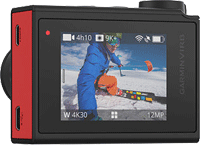
Three years ago, navigation heavyweight Garmin surprised us with the launch of the Virb and Virb Elite, a duo of surprisingly fully-featured action cameras that took on the popular GoPro series head-on. Two years later it followed up with the Virb X and XE, and now it has launched a successor that takes the Virb line into yet another model year.
Where the Virb X and XE were very similar to their predecessors, the Garmin Virb Ultra 30 is a ground-up rework. With a brand-new body that -- unlike its predecessors -- is now reliant on an external housing for its 40-meter waterproofing, the Virb Ultra 30 is now much smaller than the earlier cameras. Its weight has plunged to just 3.1 ounces with battery, a full two and a quarter ounces lighter than the Virb XE. At the same time, width and depth have been slashed by 0.7 and 0.2 inches respectively, while height has increased by 0.2 inches, for dimensions of 2.3 x 1.8 x 1.2 inches.
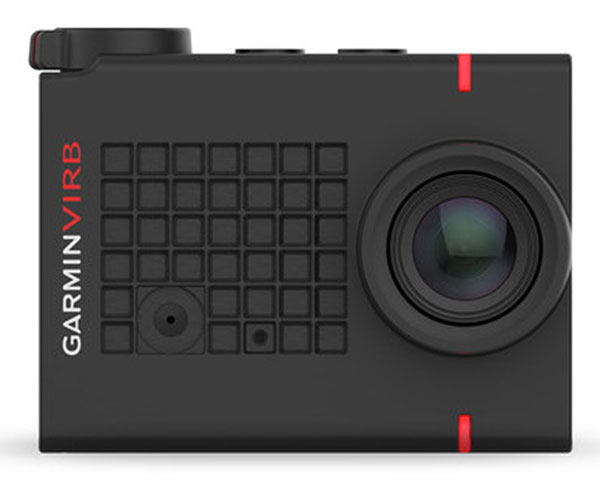
Of course, you'll need the case in place to protect the Virb Ultra 30 from the elements, and that's likely to erase the new camera's weight and size advantage. And surprisingly, the new housing is waterproof to just 40 meters, a full 10 meters less than were the Virb X and XE even without an underwater housing. On the plus side, though, Garmin says that the Virb Ultra 30's new touch-screen display can be used even while the housing is in place, and that the action cam's new microphone is also sensitive enough that it won't produce muffled audio even with the housing in place and sealed.
We mentioned the touch-screen display just now, incidentally, and not only is the touch sensitivity a new addition, but the Virb Ultra 30 also sports a significantly roomier screen in the first place. Where earlier models shared a tiny 1-inch monochrome screen used only as a status display, the Virb 30's display has a diagonal size of 1.7 inches and is in full color. That means you can frame and review images and movies on the camera itself, rather than having to perform all interaction on your smartphone.
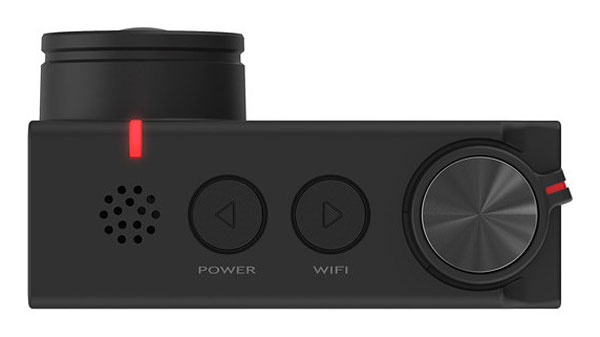
Sensor resolution is unchanged at around 12 megapixels, but the imaging pipeline has certainly been reinvented as well. Where the Virb XE topped out at 60 frames-per-second Full HD capture, the Virb Ultra 30 can now record ultra high-def 4K video at 30 fps, 2.7K video at 60 fps, and Full HD video at 120 fps. Drop the resolution still further and you'll be able to capture 240 fps video at HD resolution, or 300 fps at VGA resolution. All but this last are double the equivalent rates from the earlier Virb models.
Garmin has also worked on ease of use, adding voice control to the Virb Ultra 30. This will be particularly useful in extremely cold environments where gloves would make the touch-screen and physical controls harder to use. It will also prove handy with the camera mounted in a hard-to-reach location, such as on top of a helmet. Available commands include "take a picture", "start recording", "stop recording" and "remember that". (This last tags your video footage to help you quickly relocate key scenes.) Non-native English speakers, take note, though: These commands are available only in English, according to Garmin.
Like earlier Virb models, the Garmin Virb Ultra 30 aims to differentiate itself from rivals like GoPro by providing access to a range of data from various onboard sensors, as well as the ability to integrate information from external sensors. This can then be overlaid on your video footage in numeric form, and as gauges, graphs and more. And as well as the accelerometer and gyro of earlier models, the Virb Ultra 30 now has built-in altimeter and compass sensors too. The GPS receiver is also uprated, with a 10 Hz refresh rate that should allow it to track your location, speed and more with greater accuracy.
Another upgrade can be found in the live streaming department. The earlier Virb models allowed only a low-res 360p stream, but the Virb Ultra 30 will now let you stream at up to HD (1,280 x 720 pixel) resolution with a 30 fps capture rate. There's a potentially huge catch, though, and one which feels like a real missed opportunity on Garmin's part: Live streaming works only with Apple devices. Although Garmin does have a version of its Virb app for Android devices, it lacks any streaming capability, a shortcoming which was also true of the previous-generation Virb series as well.
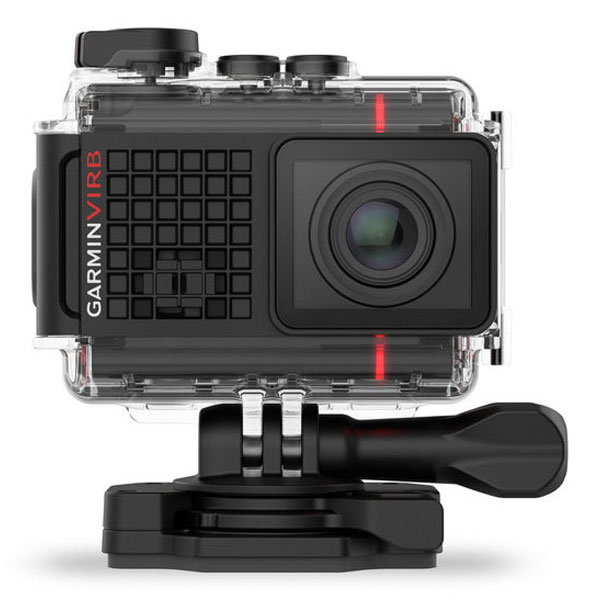
A couple of other changes stand out to us from a comparison of the Virb Ultra 30's specs with earlier models. Garmin is now promoting three-axis image stabilization on the new model, where earlier models were simply described as offering gyro-enhanced electronic image stabilization. It isn't clear if there is any form of mechanical stabilization in play in the Virb Ultra, but if so it's most likely still coupled with some degree of electronic stabilization as well, because the specs note that stabilization is only available when shooting at Full HD resolution or below.
And finally, battery capacity has been increased somewhat. This has allowed a simultaneous increase in battery life of some 12.5% (15 minutes) when shooting at Full HD resolution. At 4K resolution, battery life is slashed to just 75 minutes of video capture, however.
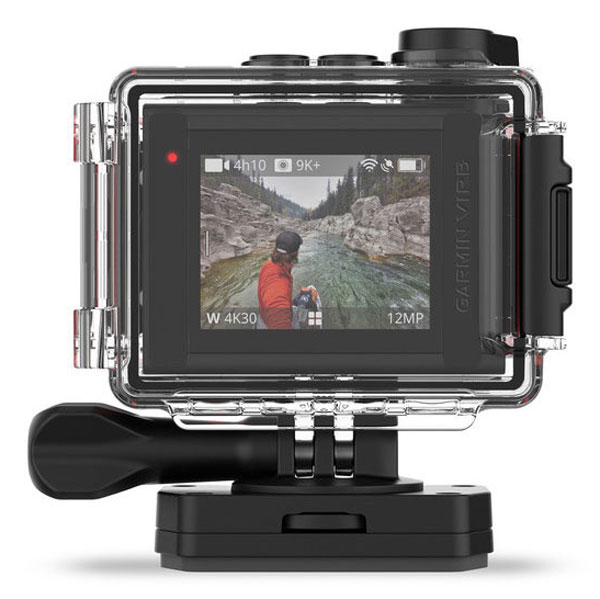
Priced at US$500, the Garmin Virb Ultra 30 is expected to ship within one to two months. More details can be found on Garmin's website.
(via Petapixel)